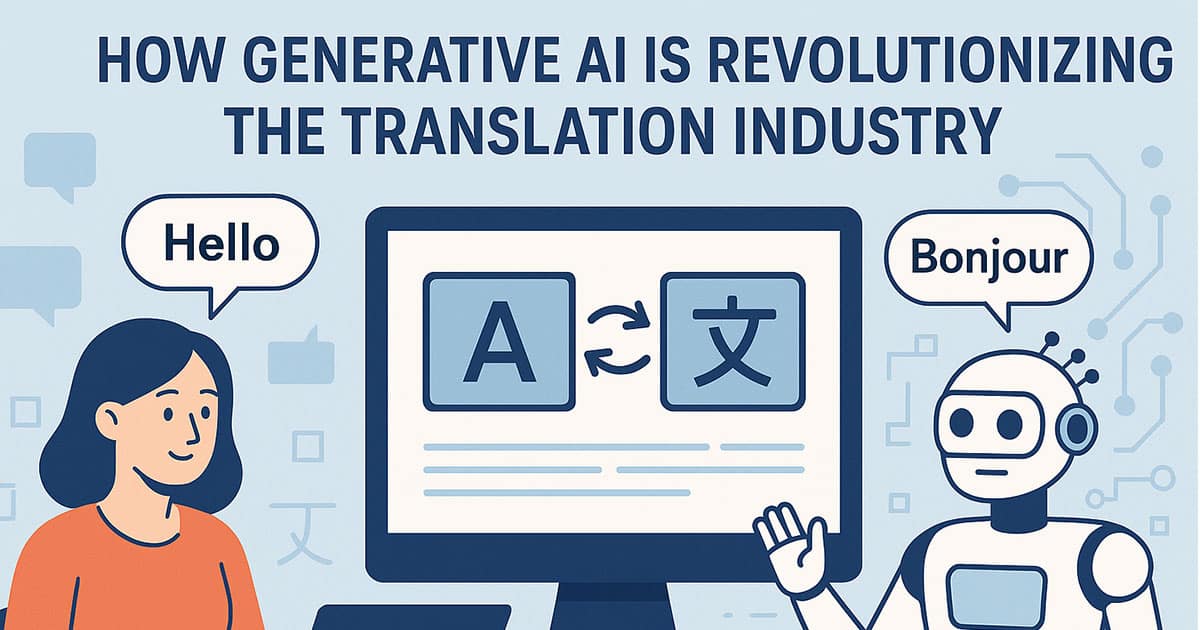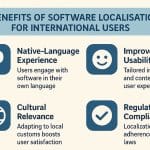Artificial Intelligence refers to the capability of computational systems to perform tasks typically associated with human intelligence, such as learning, reasoning, problem-solving, perception, and decision-making. In the same context, Generative AI is a subset of AI that uses generative models to produce text, images, videos, audio, software code or other forms of data. These models learn the underlying patterns and structures of their training data and use them to produce new data. There have been significant improvements in transformer-based deep neural networks; particularly large language models (LLMs). Major tools such as chatbots, ChatGPT, Copilot, Gemini, Claude, DeepSeek; text-to-image models such as Stable Diffusion and DALL-E; and text-to-video models such as Veo and Sora are integral to solving language related problems in different formats.
The use of Generative AI has a wide range of applications in the translation industry that has made this industry more sophisticated while handling cultural nuances of two different languages. This has resulted in a deeper collaboration between human translators and AI to focus on complex and creative aspects of localization. There are five aspects to this collaboration which has revolutionized the translation industry in various aspects. These five aspects of collaboration have been discussed below.
- Speed and efficiency– considering the limitations of human translators in handling large volumes of texts, generative AI has been a major leap to significantly reduce the time duration of large volume texts. AI-powered tools can process and translate large volumes of text and content much faster than traditional methods
- Accuracy– Generative AI models are more adept at understanding context, idiomatic expressions, and cultural references, leading to more accurate and context-aware translations that approach human-level quality.
- Real-time Communication- The integration of AI into platforms enables real-time translation for applications like customer support, facilitating seamless communication with multilingual customers and speeding up response times.
- Cost efficiency– By automating translation tasks, generative AI can significantly lower the costs associated with human translation services in Delhi.
- Improved Content Localization– AI helps in creating culturally relevant content, such as e-commerce product descriptions or marketing materials, for specific local markets, increasing engagement and relevance.
The future of the translation industry involves a powerful synergy between human expertise and advanced generative AI capabilities, leading to new possibilities for efficiency, quality, and global communication. Embracing these technological advancements is essential for businesses and professionals to thrive in the evolving language services landscape. At Accurate language solutions, our translators have been trained to incorporate the generative AI tools to achieve a high quality translation. We have helped our clients to translate documents with high accuracy in a specific defined period of time. This has helped them to reduce the overall project costs and has helped them in improved content localization. The real-time communication in multinational business is only possible due to this synergy between the human translators and generative AI tools which is our prime focus.







